Electrochemical C6H6 gas sensor Introduction
The electrochemical C6H6 gas sensor is a gas detection instrument that uses the electrochemical gas detection principle to detect the concentration of benzene gas in the air. The electrochemical C6H6 gas sensor has good selectivity, stability, built-in temperature sensor, and temperature compensation; With digital output, it is convenient to use. Electrochemical benzene sensor is a universal gas module designed and manufactured by combining mature electrochemical detection technology with sophisticated circuit design. It is widely used in the production of various portable and fixed gas detection equipment and various occasions and equipment requiring gas detection.
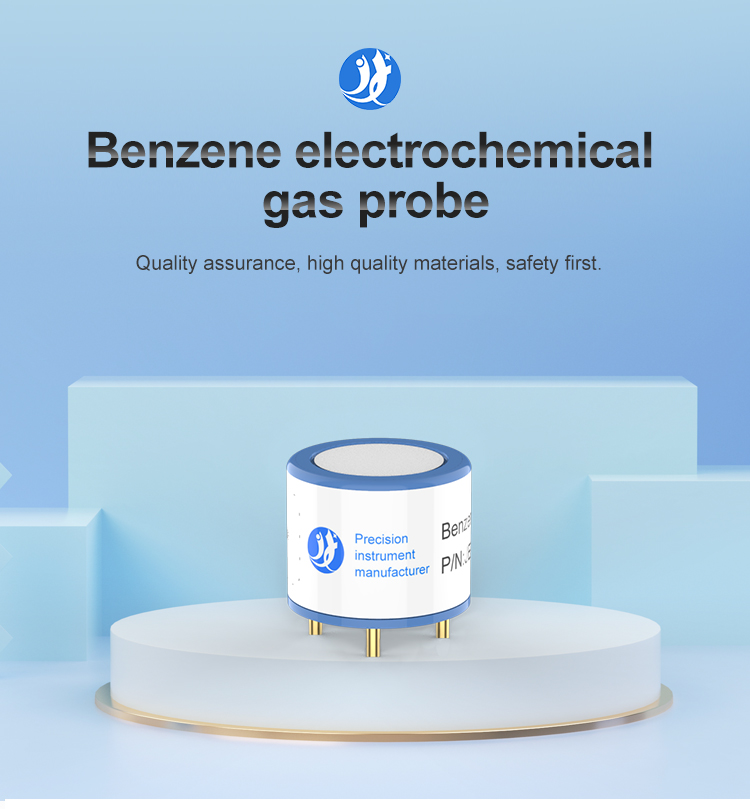
Electrochemical C6H6 gas sensor Features
1. High sensitivity and resolution
The technology is leading. After entering the gas detection environment, the product responds quickly and returns to zero quickly after leaving.
2. High performance chip
Breakthrough manufacturing process, three electrode structure design product performance significantly improved.
3. Waterproof breathable membrane
High protection, easy to clean, waterproof and breathable membrane can effectively protect from particles and moisture; Easy to clean and maintain.
4. Small size and light weight
It is small in size and easy to install. It can be used for portable, fixed, pipeline and other appearance sensors.
Electrochemical C6H6 gas sensor Parameters
Detection gas: benzene
Model: JEC-C6H6
Range: 0-100ppm
Sensitivity: 0.20 ± 0.01uA/ppm
Resolution: 0.1ppm
Detection principle: electrochemical
Temperature range: 0-50 ° C
Humidity range: 0~90% RH (non condensing)
Pressure range: 1 ± 0.1 (standard atmospheric pressure)
Shell material: ABS
Weight: 5g
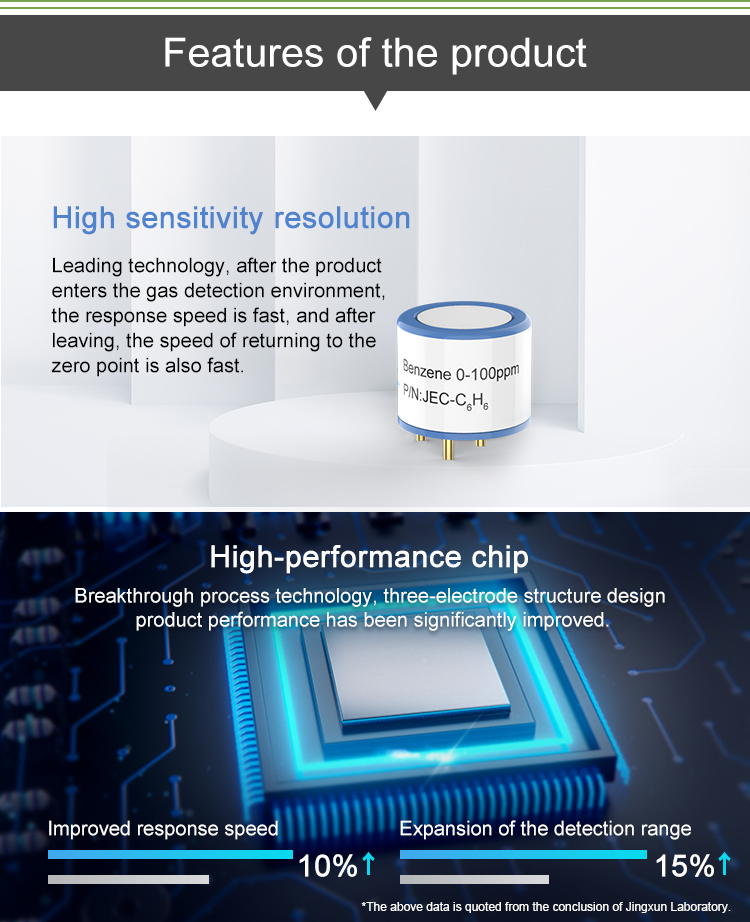
Attention
1. Please connect the electrode pin correctly, and incorrect connection position will affect the normal operation of the sensor; The sensor shall avoid contact with organic solvent, paint, oil and high concentration gas; Do not use adhesive directly on or near the sensor to prevent the plastic housing from cracking.
2. It is recommended to calibrate with target gas. If cross sensitive gas is used for calibration, the accuracy of calibration and measurement cannot be guaranteed.
3. The cross sensitivity will fluctuate by ± 30%, and may change with different production batches and sensor life.
FAQ
What is benzene gas?
Benzene, a kind of hydrocarbon, namely the simplest aromatic hydrocarbon, is a sweet, flammable, carcinogenic, colorless transparent liquid at room temperature, and with a strong aromatic smell. It is insoluble in water and soluble in organic solvents, and can also be used as an organic solvent itself. Benzene is a colorless gas with a special aroma, which has been identified as a strong carcinogen by the World Health Organization.
What is a benzene gas sensor?
Benzene gas sensor products are suitable for benzene gas concentration and leakage in various environments and special environments, and play an early warning role in dangerous site operation safety. This instrument adopts imported electrochemical sensor and microcontroller technology, with stable signal, high precision, good repeatability and other advantages.
What are the effects of benzene gas?
1, benzene has the effect of reducing detonation and can be used as a gasoline additive. Before the introduction of tetraethyl lead in the 1950s, all anti-knock agents were benzene. As leaded gasoline faded, however, benzene was used again. Because benzene has adverse effects on the human body, there is also pollution of underground water quality, European and American countries limit the content of benzene in gasoline shall not exceed 1%.
2. The most important use of benzene in industry is to make chemical raw materials. Benzene can be synthesized into a series of benzene derivatives:
3. A series of compounds generated by benzene substitution reaction, addition reaction and oxidation reaction can be used as raw materials for making plastic, rubber, fiber, dye, stain remover and insecticide. About 10% of benzene is used as a base material for the manufacture of benzene intermediates.
4, benzene and ethylene to produce ethylbenzene, the latter can be used to produce plastic styrene;
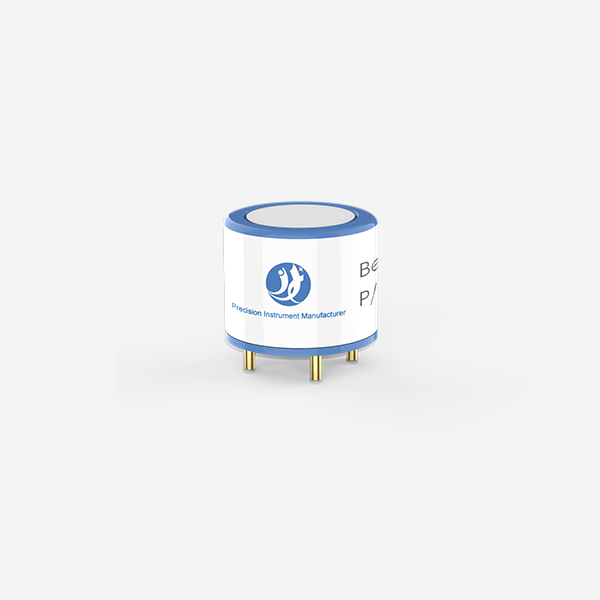
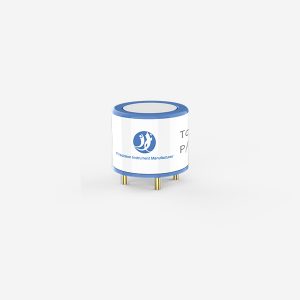
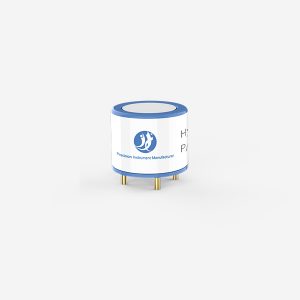

Reviews
There are no reviews yet.